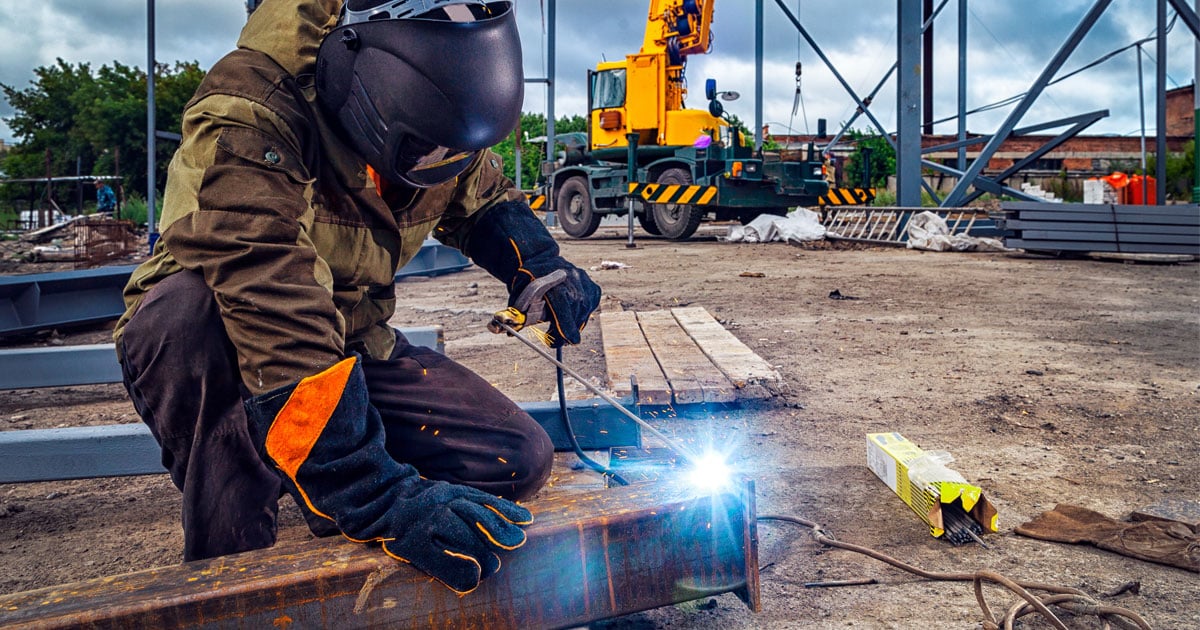
Welding is a physically demanding and potentially dangerous profession. And nearly one-tenth of the manufacturing workforce is comprised of men and women who weld, melt, and forge different materials together for a variety of different purposes. Of the 30 different types of welding that take place in factories and workshops across the country, all involve dangerous elements, such as fire, fumes, ultraviolet (UV) rays, and airborne particles.
Without good safety practices and equipment, welders suffer nearly 1,400 eye injuries every workday. These painful injuries not only cost employers billions in lost productivity and revenue, but they impact the ability of welders to enjoy a good quality of life.
Common Causes of Welding Eye Injuries
While welders work with a variety of different materials to create products, there are four common types of eye injuries that occur:
- Exposure to toxic chemicals, fumes, and vapors: Depending upon the substance, toxic exposure can cause eye irritation and temporary or permanent vision loss.
- Exposure to UV radiation: Looking at ultraviolet light causes welder’s flash, where the clear tissue on the front of the eye is damaged. Without treatment, a flash burn can become infected and cause vision loss.
- Hot metal slag burns: Slag is the byproduct created by certain welding procedures. These tiny bits of hot metal can come into contact with and lacerate or burn the eyes.
- Injuries from airborne particles: Pieces of flying metal and other materials can irritate, scratch, and become lodged in workers’ eyes.
Preventing Eye Injuries
Fortunately, for the millions of welders across the country, there are effective ways to prevent eye injuries and the pain and vision impairment they cause. Eye protection is the simplest way to reduce the risk of preventable eye injuries. It is a misconception to believe that welding helmets alone offer sufficient protection from airborne slag, UV rays, and toxic fumes and vapors. Goggles or glasses that meet industry safety standards should always be worn under helmets as an added layer of protection.
Even with the information proving that eye protection works, many welders still refuse to wear goggles for a variety of reasons, including reduced visibility, discomfort, or because it interferes with prescription glasses. Every welder should work with their supervisor to ensure they have eye protection that fits, is comfortable, and does not impair their ability to see and work safely. Their eyesight depends on it.
Allegheny County Workers’ Compensation Lawyers at AlpernSchubert P.C. Represent Welders Hurt on the Job
If you were injured at work, contact the Allegheny County Workers’ Compensation lawyers at AlpernSchubert P.C. We will review your case and obtain the benefits you rightfully deserve. For a free consultation, call us at 412-765-1888 or contact us online to get started today. Located in Pittsburgh, we serve clients across western Pennsylvania, including Allegheny County, Lawrence County, and Washington County.
